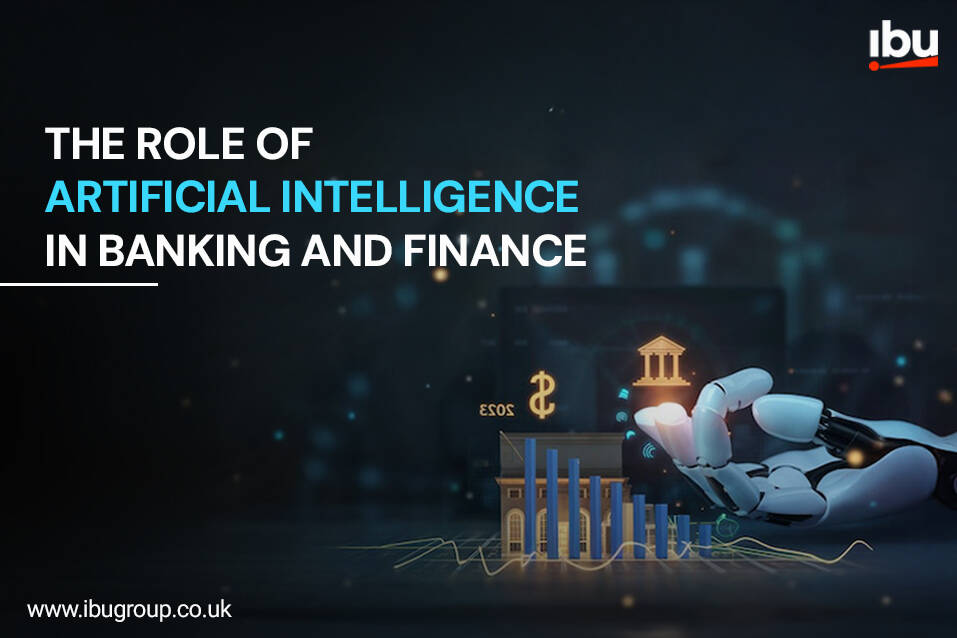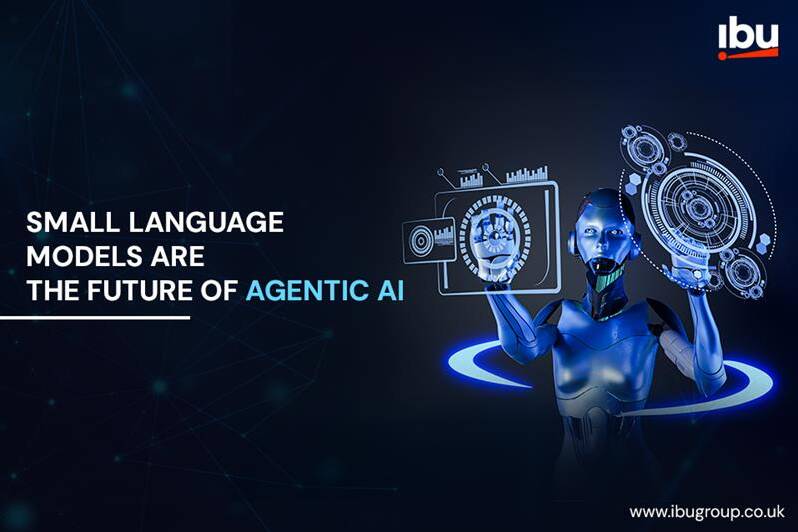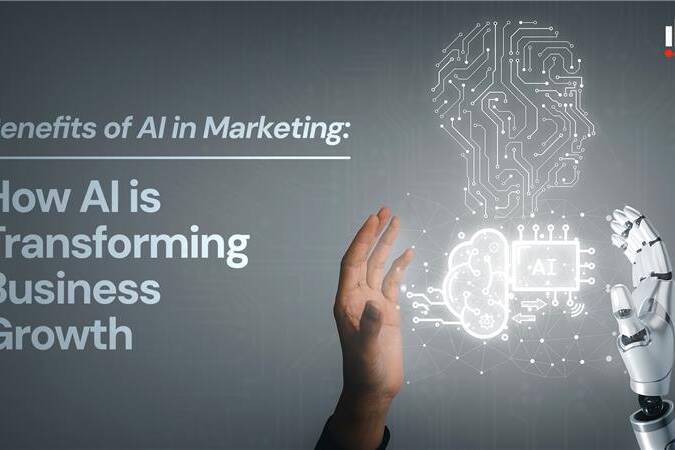
Driving Financial Innovation: A Leader’s Guide to Gen AI in Business
Generative AI is redefining what’s possible in business, and finance sits right at the centre of it.
The world’s leading organizations are already using Gen AI to forecast with precision, automate repetitive workflows, and make strategic decisions faster than ever. But for most CFOs and finance leaders, the question isn’t whether to adopt AI, it’s how to make it deliver measurable business impact.
At IBU, we believe the power of Gen AI doesn’t lie in the tools alone. It lies in how organizations reimagine their processes, data culture, and leadership mindset around it.
This is your roadmap to building a finance function that’s smarter, faster, and truly future-ready.
1. From Finance Function to Strategic Nerve Center
Finance has evolved from being a back-office number cruncher to a front-line strategic partner.
In the Gen AI era, CFOs play an even more central role, orchestrating data, technology, and strategy across the enterprise.
AI now allows finance teams to:
- Model entire business outcomes in seconds.
- Detect risk patterns long before they impact cash flow.
- Simulate multiple market scenarios for more confident decision-making.
But unlocking this value means breaking silos between finance, operations, and technology. CFOs must act as connectors, ensuring AI systems feed into a single, trusted source of truth.
2. The First Step: Clarity of Purpose Over Complexity of Tools
Most failed AI projects have one thing in common, they started with the technology, not the business problem.
The right question isn’t “Which Gen AI platform should we buy?” but “Which financial bottleneck should we eliminate first?”
Start small, but strategic.
Whether it’s streamlining cash forecasting, automating reconciliations, or improving close-cycle accuracy, let outcomes drive your AI roadmap.
Technology follows purpose, not the other way around.
3. Reimagining Forecasting: From Reactive to Predictive
Traditional forecasting relies heavily on historical data and human assumptions, both limited by bias and bandwidth. Gen AI changes that.
By ingesting real-time internal and external data, from market movements to supply chain signals, it delivers forward-looking, adaptive forecasts.
Imagine a system that not only tells you what happened but continuously updates what’s likely to happen next and suggests how to respond.
That’s not financial planning; that’s intelligent foresight.
4. Automating the Mundane, Amplifying the Meaningful
AI’s biggest value isn’t just automation, it’s augmentation.
When routine tasks like journal entries, reconciliations, and data validation are handled by intelligent systems, finance professionals can focus on analysis, scenario modelling, and strategic storytelling.
The result: faster close cycles, cleaner data, and more meaningful conversations at the board table.
Because true innovation isn’t doing more, it’s doing what matters.
5. Governance: Building Trust in the Machine
AI without guardrails is chaos waiting to happen.
From data privacy to ethical use, CFOs need clear frameworks that define how models are trained, what data they access, and how results are validated.
Key pillars of AI governance include:
- Transparent algorithms and auditable logic
- Secure data management and compliance alignment
- Continuous model testing and validation
- Human oversight for ethical and strategic judgment
Trust in AI doesn’t come from code, it comes from clarity.
6. The Culture Factor: Upskilling Beyond the Tech
Even the most advanced AI model fails without people who understand it.
This is why successful CFOs are also culture architects, building teams that combine financial acumen with data literacy and digital curiosity.
Upskilling programs, AI literacy workshops, and internal champions accelerate adoption.
The goal isn’t to turn everyone into data scientists, it’s to make everyone comfortable asking better questions of the data.
7. Measuring What Matters: From Vanity to Value
ROI on AI shouldn’t just be about cost savings.
CFOs should measure progress in terms of:
- Forecast accuracy improvement
- Time saved per financial close
- Reduction in compliance errors
- Decision-making speed
- Business agility in responding to market changes
These aren’t vanity metrics, they’re proof that AI is driving real business intelligence.
8. From Adoption to Integration: Making AI Stick
The hardest part of transformation isn’t rollout, it’s embedding change into daily behaviour.
At IBU, we help organizations integrate AI seamlessly into their workflows through:
- Unified data architectures
- Cross-functional collaboration models
- Real-time performance dashboards
- Governance frameworks that evolve with the business
Because transformation that doesn’t scale across functions isn’t transformation, it’s a pilot that never took off.
Conclusion: The Future Belongs to Augmented Finance
Gen AI isn’t replacing CFOs, it’s elevating them.
Tomorrow’s finance leaders will be defined by how well they combine data-driven intelligence with human judgment, empathy, and strategic foresight.
At IBU, our mission is to help enterprises build intelligent finance functions that move from hindsight to foresight, and from execution to innovation.
Because in the age of AI, leadership isn’t about keeping up, it’s about staying ahead.









